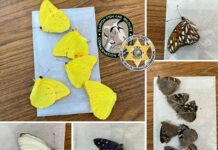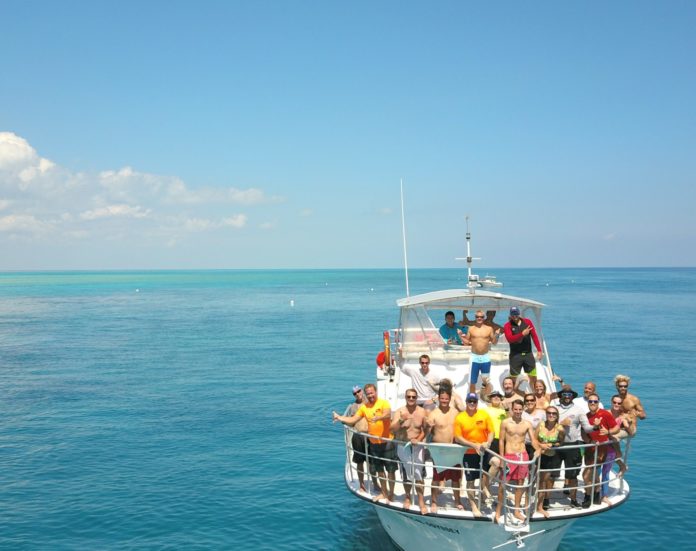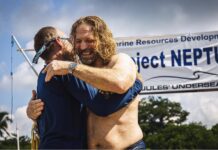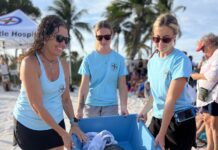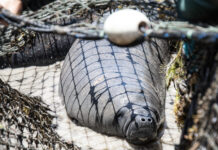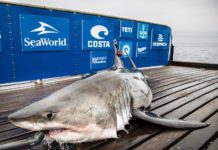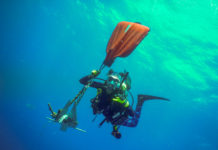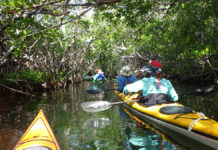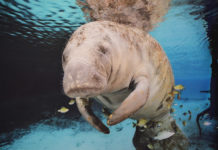Following Hurricane Irma, the biggest question some divers had was, “How’d the reefs do?”
The answer:
“The reefs were in better shape than we anticipated,” said Jack Fishman, Rainbow Reef Dive Center marine conservation coordinator.
The dive center’s fleet fared well during Irma, and five days after, was back on the water.
On Sept 16, the crew ventured out to the USCG Bibb, the USCG Duane, the USS Spiegel Grove, the Christ of the Abyss statue, Snapper Ledge, Molasses Reef, French Reef, and Grecian Reef to assess the damage. The Duane suffered damage to the top section’s smokestack. The Spiegel Grove, which famously pitched itself upright following Hurricane Dennis in 2005, did not appear to be affected, said Fishman.
On Sept. 23, Rainbow Reef teamed up with members of the NOAA sanctuary board, REEF, the Coral Restoration Foundation and the History of Diving Museum to host a free dive event, Keys Strong Seas Strong. This time they invited marine scientists, first responders and educators to help conduct proper surveys. The divers returned to Molasses Reef, Snapper Ledge, and French Reef.
“On the first dive it was astounding to see how different it was. There was no sand anywhere that I dove through, and less fish – I left feeling disheartened. But only two days later, I was excited to see sand and fish returning, and the colors of the corals were brighter. So many beautiful things have been discovered, new and exciting things you can only see after a hurricane,” said instructor and marine conservation coordinator Shayna Cohen.
Along with new structures and crevices appearing, Fishman noted the reemergence of large numbers of parrotfish, which he said brings life and color back to reefs. He believes the changes to the reefs should be of interest to members of the scientific community and recreational divers alike.
The two divers agreed on one thing – the reef has changed, which isn’t to say it’s not as beautiful as ever. It’s just undergoing a healing process.
“The first month is the biggest difference. In the coming months the reef is going to be healing around us, and we’ll see more fish and sand return. We really want to stress how important buoyancy is,” said Fishman.
Fishman says divers should be extra careful with their fin placement when swimming through, adding that he believes this experience can only serve to help make the community better divers and help the healing.
Though the reefs’ appearances have changed, Fishman and Cohen encourage people to get out and dive the reefs during this rare opportunity, and to keep an open mind.
—-
Divers gather aboard Tropical Odyssey for a drone selfie while conducting survey dives. JACK FISHMAN/ Contributed








